Ideal Grow Room Temp And Humidity Chart to Grow Weed
Getting the best weed yield as an indoor grower has never been easy. While the strain and grow room setups are top requirements, the growth and yield of your plants considerably rely on other factors like lighting, watering, nutrients, and, most importantly, the humidity and temperature of your marijuana grow tent.
This article helps you create an optimal environment for cannabis growth by offering the ideal indoor temp and humidity level for each weed growth stage, including seedling, vegetative, and flowering stages. Additionally, you’ll also learn how to adjust the grow room temp and humidity once they go beyond your expectations. So, stop wasting time, let’s get started.
Table of Contents
Why Are Temperature and Humidity Important For Plants
To grow weed, the relative humidity of the grow room has a significant impact on the respiration process. During photosynthesis, plants convert absorbed sugars into energy by utilizing carbon dioxide from the air. This intake of carbon dioxide causes the plants to lose water to the environment, and the relative humidity determines the amount of water loss.
Imagine that if humidity levels are too low, your cannabis will extract excessive water from its roots. In contrast, a high level of humidity in the grow tent is likely to facilitate the development of microbial and fungal pathogens.
Next, cannabis seedling temperature affects the plants in distinct ways. For instance, excessively high temperatures (above 78°F) can result in heat stress, root rot, reduction of terpenes and resin, and diminished growth. On the other hand, cold temperatures (below 59°F) in the grow tent can lead to lower yields and make the plants susceptible to moldy weed, especially when paired with high humidity.
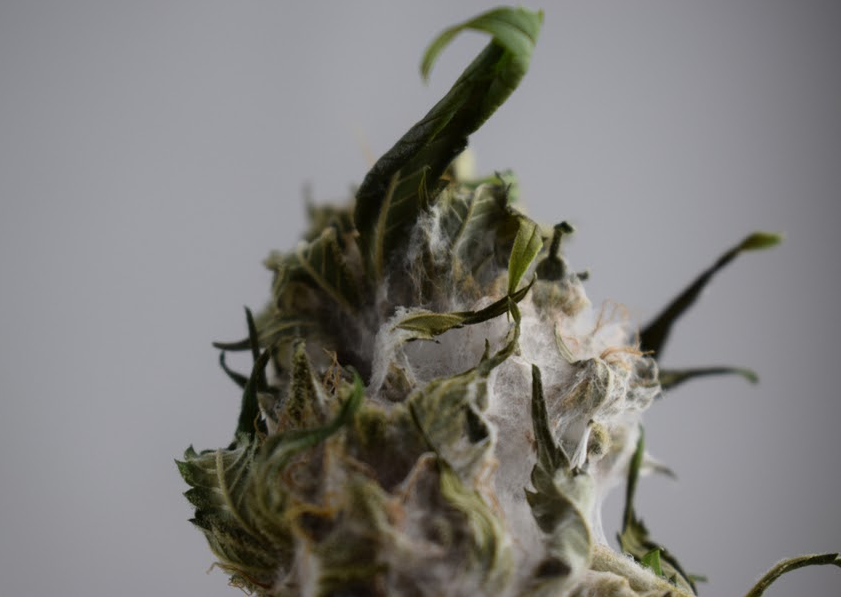
You should bear in mind that grow room temperature and humidity are interconnected, and if either is not properly regulated, the plants can suffer. Maintaining the ideal grow tent temperature and humidity promotes generous harvests of vibrantly colored buds with strong aromas and potent THC and CBD levels.
What Are The Optimum Temperature and Humidity Levels For Your Marijuana
As you may know, plant growth develops in different stages, mainly divided into the seedling, vegetative, and flowering stages. Interestingly, plants in each stage of plant growth do have a preference for the environment. Let’s dive in to see the best temperature and humidity level for each stage.
Seedling Stage
This is the stage where the plant’s seedlings or cloning weed develop roots. At this stage, seedlings are fragile and long for rich hydration. Therefore, a high humidity level is crucial for nourishing seedlings and promoting root development.
High grow room humidity: 75-85%
Day temperature (lights on): 70–85°F
Night temperature (lights off): 65–80°F
Vegetative Stage
You should lower the humidity level to prevent issues like soggy roots and nutrient lockout once your plants move into the vegetative stage. In that case, your weed is more likely to develop stronger roots and perform efficient leafy growth and stem elongation.
Medium grow room humidity: 45-55%. Gradually lower the humidity level as the plants move to the flowering stage but don’t do anything under 40%.
Day temperature (lights on): 70–85°F
Night temperature (lights off): 60-75°F
Flowering Stage
Both the humidity level and ideal temp for flowering stage should be dropped down. A decreased humidity level during this stage can effectively prevent mold and mildew from growing up. And cooler temperatures will assist in maintaining the ideal VPD.
Low grow room humidity: 35-45%. It could be as low as 30% in some cases even.
Day temperature (lights on): 65-84°F. It is important to avoid high temperatures exceeding 84°F, particularly in the latter half of the flowering phase.
Night temperature (lights off): 60-75°F
Late Flowering Stage
1-2 weeks before harvesting cannabis, lowering humidity encourages resin production and protects against mold, mildew, and bud rot.
Low grow tent humidity: 30-40%
Day temperature (lights on): 64-75°F
Night temperature (lights off): 60-68°F
Overall, you may check and save the following grow room temp and humidity chart for all life cycles.
|
Stage |
Temperature |
Humidity |
|---|---|---|
|
Seedling Stage |
Day temperature (lights on): 70–85°F Night temperature (lights off): 65–80°F |
75-85% |
|
Vegetative Stage |
Day temperature (lights on): 70–85°F Night temperature (lights off): 60-75°F |
45-55% |
|
Flowering Stage |
Day temperature (lights on): 65-84°F. Night temperature (lights off): 60-75°F |
35-45% |
|
Late Flowering Stage |
Day temperature (lights on): 64-75°F Night temperature (lights off): 60-68°F |
30-40% |
Bonus: How to Adjust Temperature and Humidity in the Grow Room
The temperature and humidity levels do not always go with your expectations. When they are out of the ideal situation, what can you do to set them right in your grow tent?
- Track the accurate temp & humidity conditions
The first step is to assess the environmental conditions in your marijuana grow room.
You will need the following tools:
- Thermometer: Use a digital or analog thermometer to measure the temperature in your marijuana grow room. It’s preferred to use one with a temperature sensor that allows easy visibility of temperature readings.
- Hygrometer: You can measure the relative humidity of your grow tent quickly and accurately using a hygrometer. The best ones are digital hygrometers.

- Lower the grow tent temperature and humidity levels
When the metrics are higher than the suggested level, you can lower the grow tent temperature and humidity with various approaches. Luckily, we’ve prepared another post specifically talking about how to lower humidity in grow tent: How to Lower Humidity in Grow Tent with/without Dehumidifier
Among all methods mentioned in the post, in addition to using a dehumidifier, another effective way is to place an inline fan in your marijuana grow tent. Designed to regularly replenish the air volume in the grow tent, usually once every two or three minutes, an inline fan offers great humidity control in your grow room. Here at Spider Farmer, we offer a wide collection of inline fan combos.
FLASH SALE I Spider Farmer® 8-Inch Inline Fan with Smart Controller
Spider Farmer 4 Inch/6 Inch Air Carbon Filter Odor Control for Inline Ducting Fan
Spider Farmer® 4-Inch 205 CFM Inline Fan Kits with Speed Controller Grow Tent Ventilation System
Spider Farmer® 4-Inch 205 CFM Inline Fan with Smart Controller
Increase the grow tent temperature and humidity levels
On the contrary, once the grow room temp and humidity level is reaching the lowest limits, you should increase the number to avoid potential damage to your marijuana. In terms of this, check this post for a detailed guide: How to Raise Humidity in Grow Tent
Conclusion
Plants grow best in an environment that is neither too dry nor too humid with a mild temp. It is easy to meet this condition if you are growing outdoors, unfortunately, indoor growers do not have this privilege. You must create and maintain a growing environment with the ideal grow room temp and humidity for your marijuana. Otherwise, adverse effects, including slow growth, reduced photosynthesis, pest and pathogen intrusion, nutrient burning, and root rot may occur to your cannabis plants. By regulating the right temp and humidity level in your marijuana grow room for each growth stage, you stand a greater chance to cultivate the best weed.
FAQs about Grow Room Temp and Humidity Chart
- Is 60% humidity too high for flowering?
Yes, 60% humidity is too high for the flowering stage, as it can lead to the rapid deterioration of crops and negatively impact bud quality.
- What is the best temperature and humidity for a grow room?
The best temperature and humidity for a grow room depend on the stage of growth.
For seedlings: 75-85%% humidity, 70–85°F day temperature, and 65–80°F night temperature.
For vegetation: 45-55% humidity, 70–85°F day temperature, and 60-75°F night temperature.
For flowering: 35-45% humidity, 65-84°F day temperature, and 60-75°F night temperature.
- Is 60% humidity too high for veg?
No, 60% humidity is within an acceptable range for the vegetative stage. But it’s not wise to go anything beyond that. It's generally recommended to maintain humidity levels between 40-60% during the vegetative stage.
- How do I control the humidity in my grow room?
To control humidity in grow tent, you can use various methods:
- Install humidity controllers or hygrometers to monitor and adjust humidity levels.
- Use dehumidifiers to reduce humidity.
- Increase ventilation and airflow to promote moisture evaporation.
- Adjust watering cannabis practices to avoid overwatering and excess moisture.
- What temperature should a grow room be with CO2?
When using CO2 supplementation in a grow room, the optimal temperature range is generally between 70-88°F (21-31°C). Meanwhile, it’s best to ensure proper ventilation and CO2 distribution within the space to avoid hotspots and have a clear idea about when to stop CO2 during flowering.

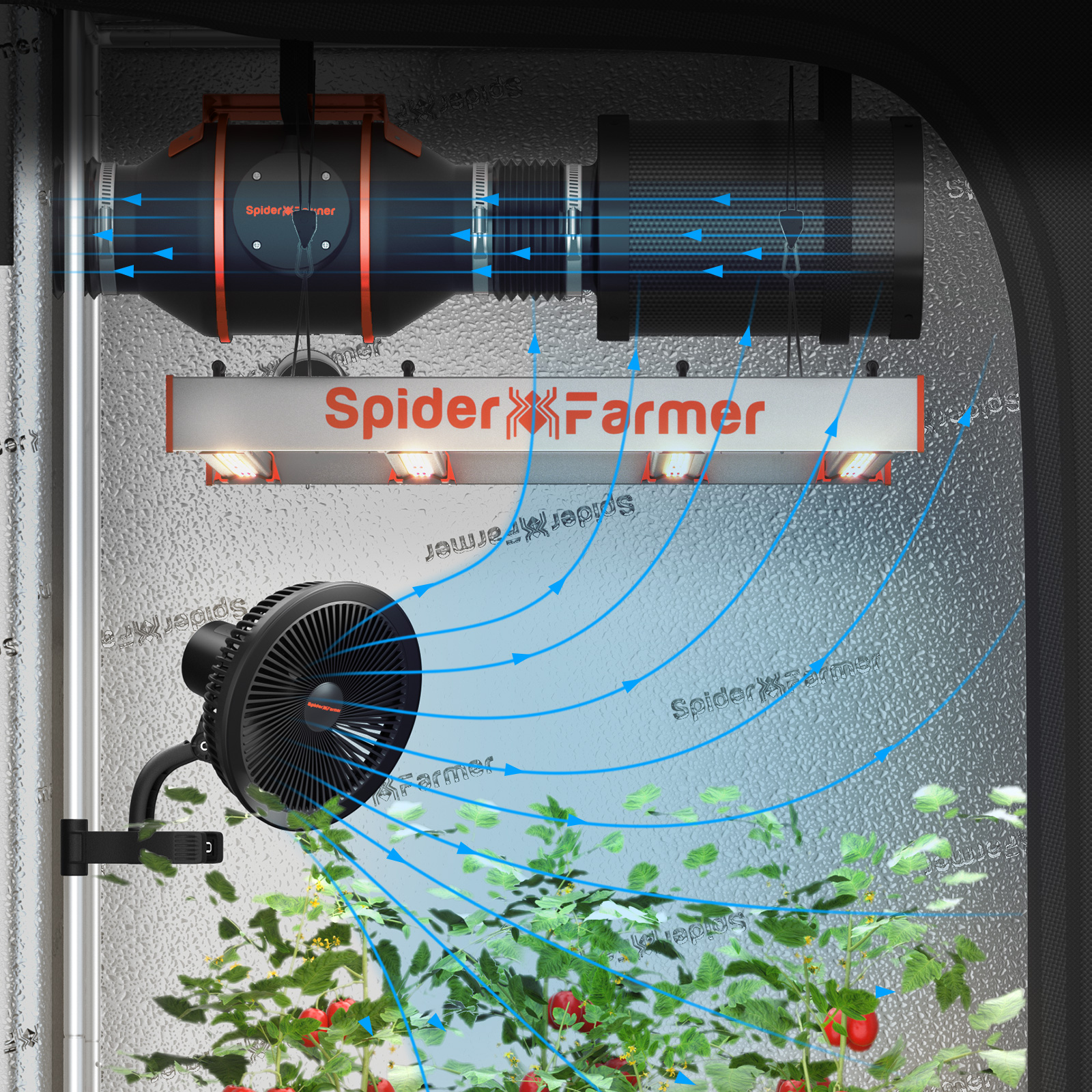
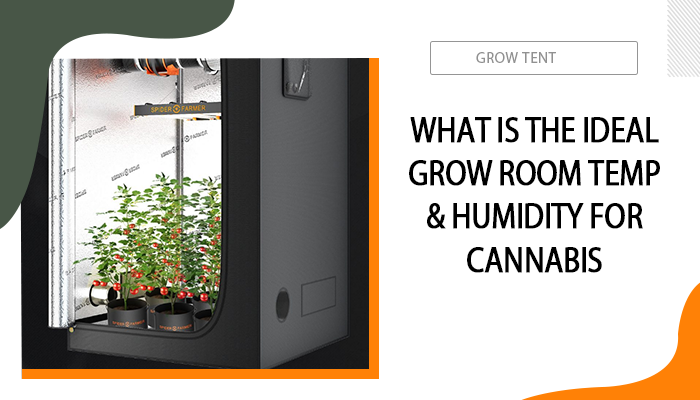
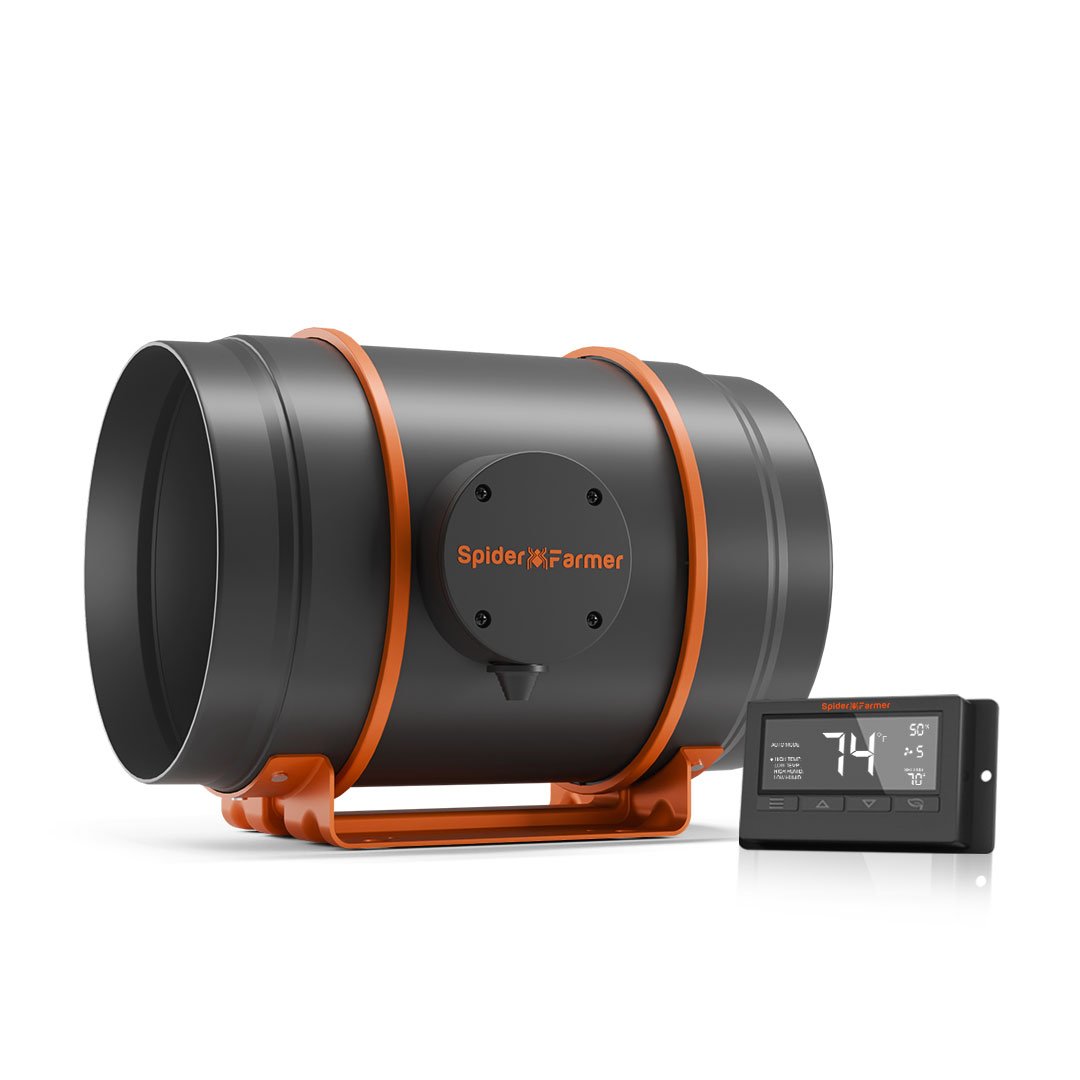
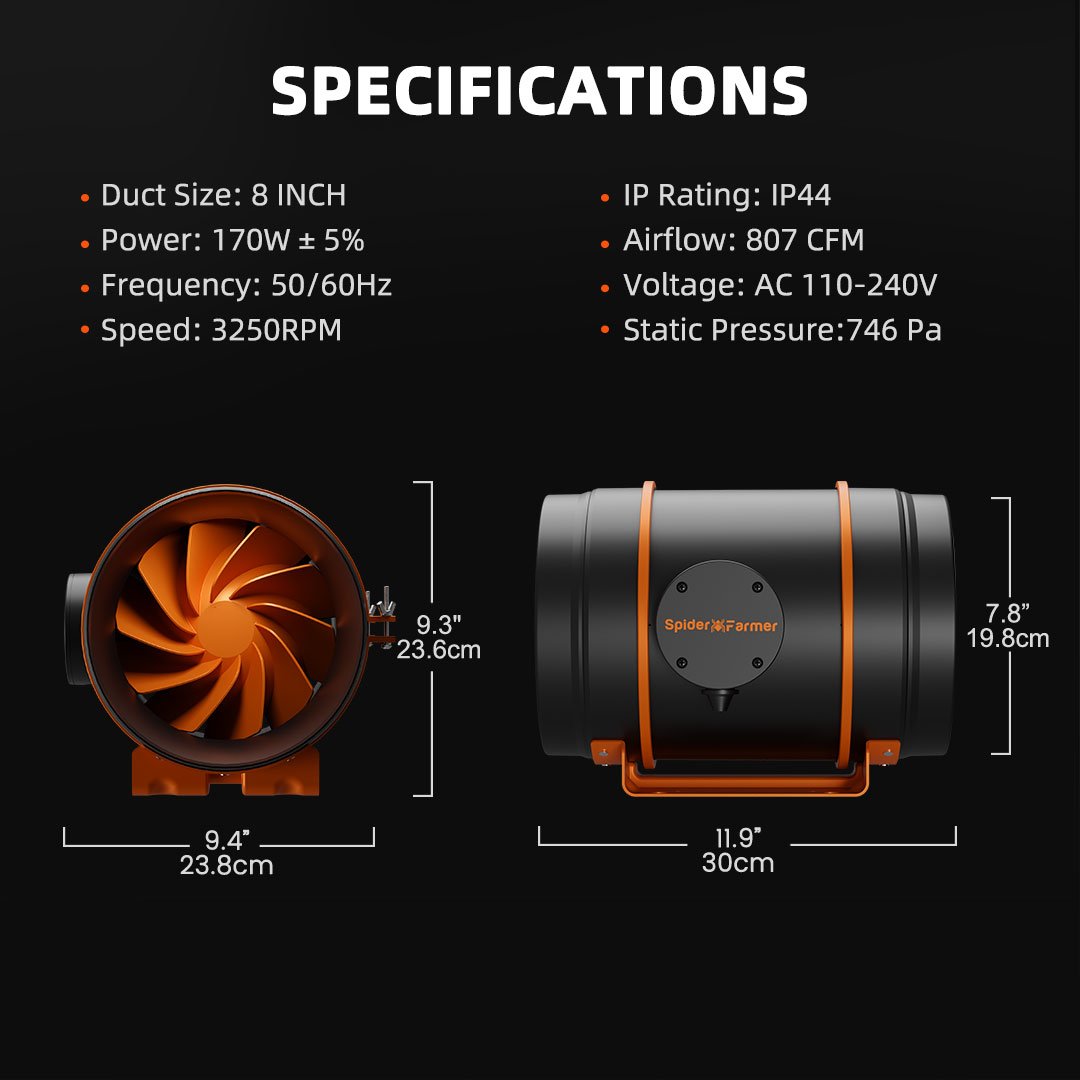
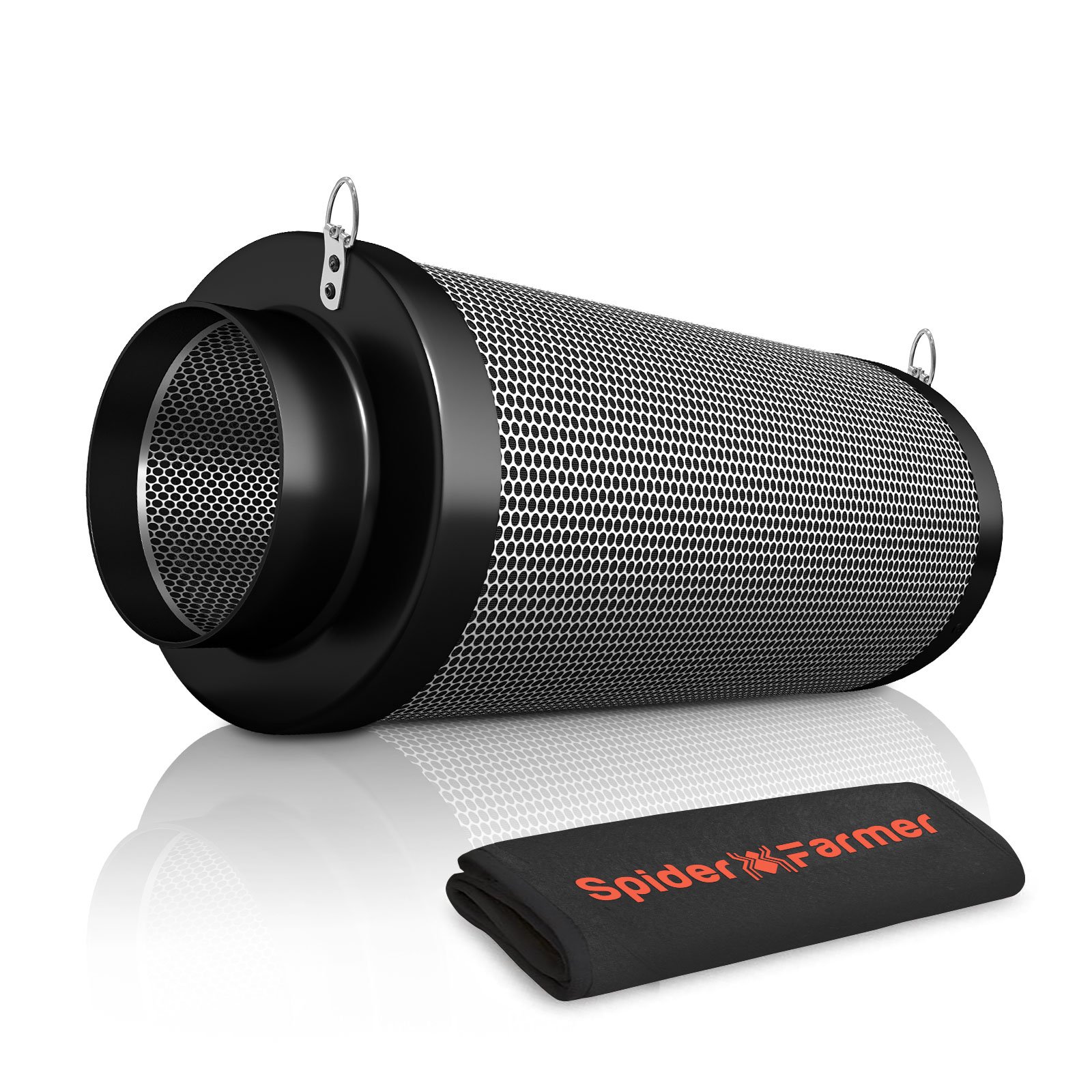
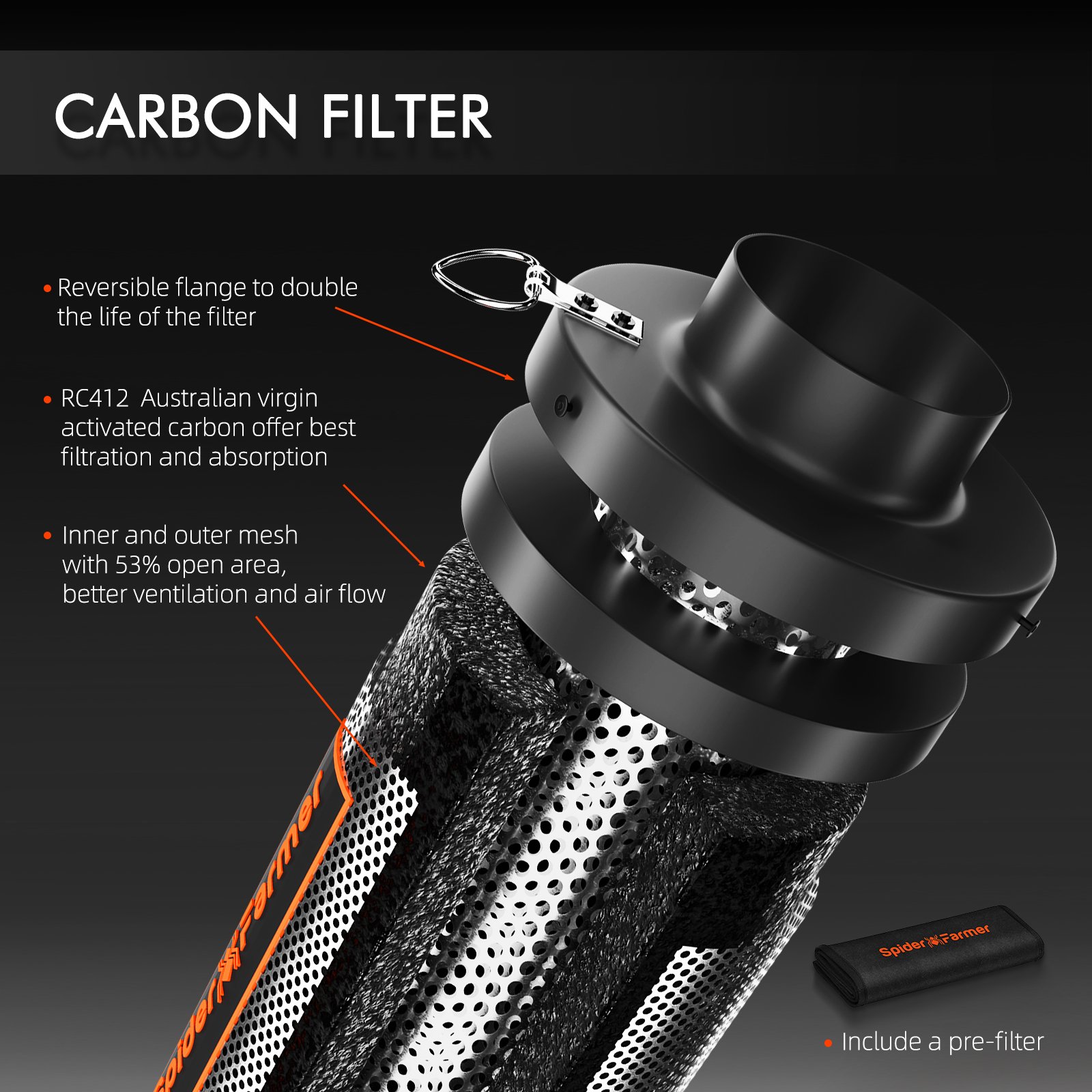
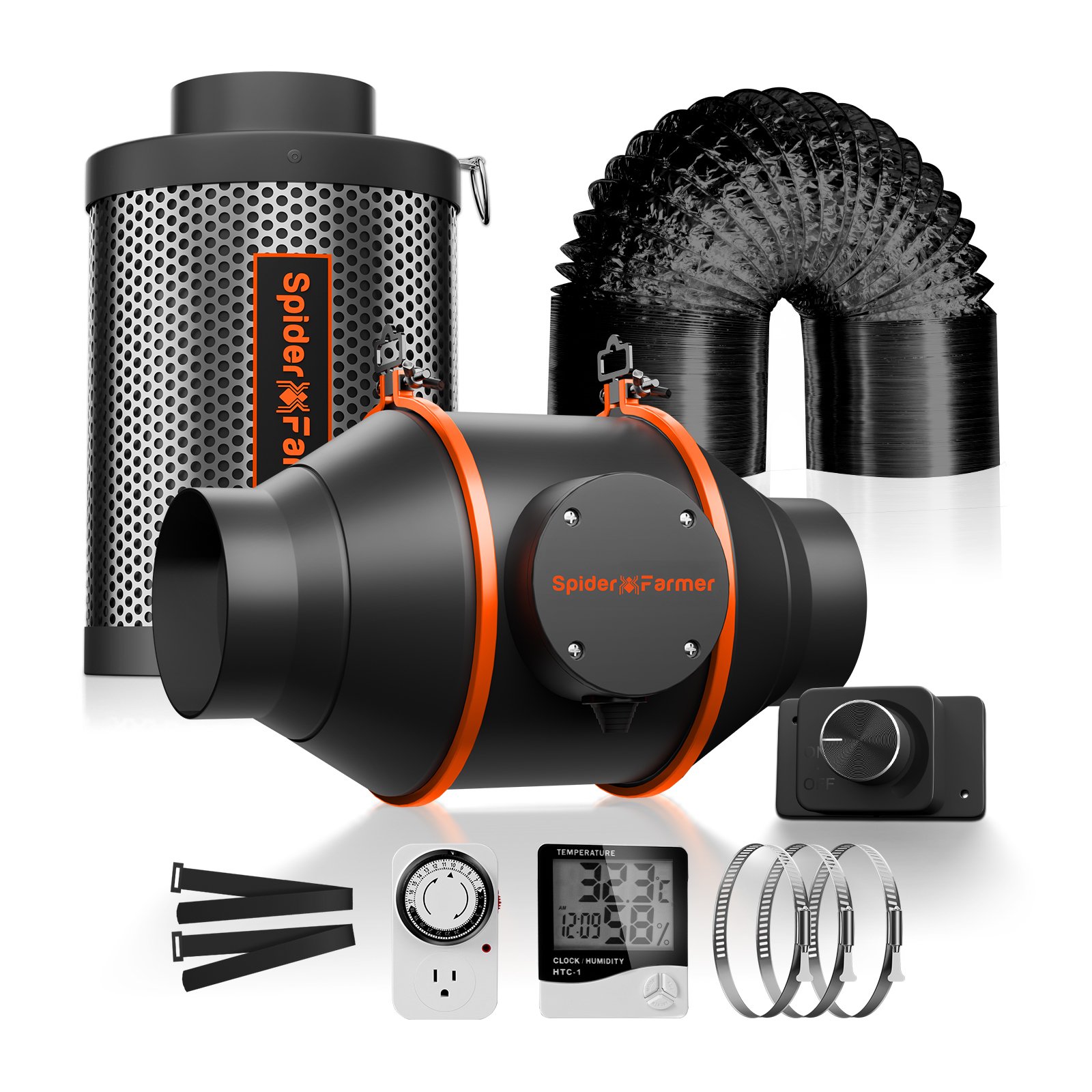
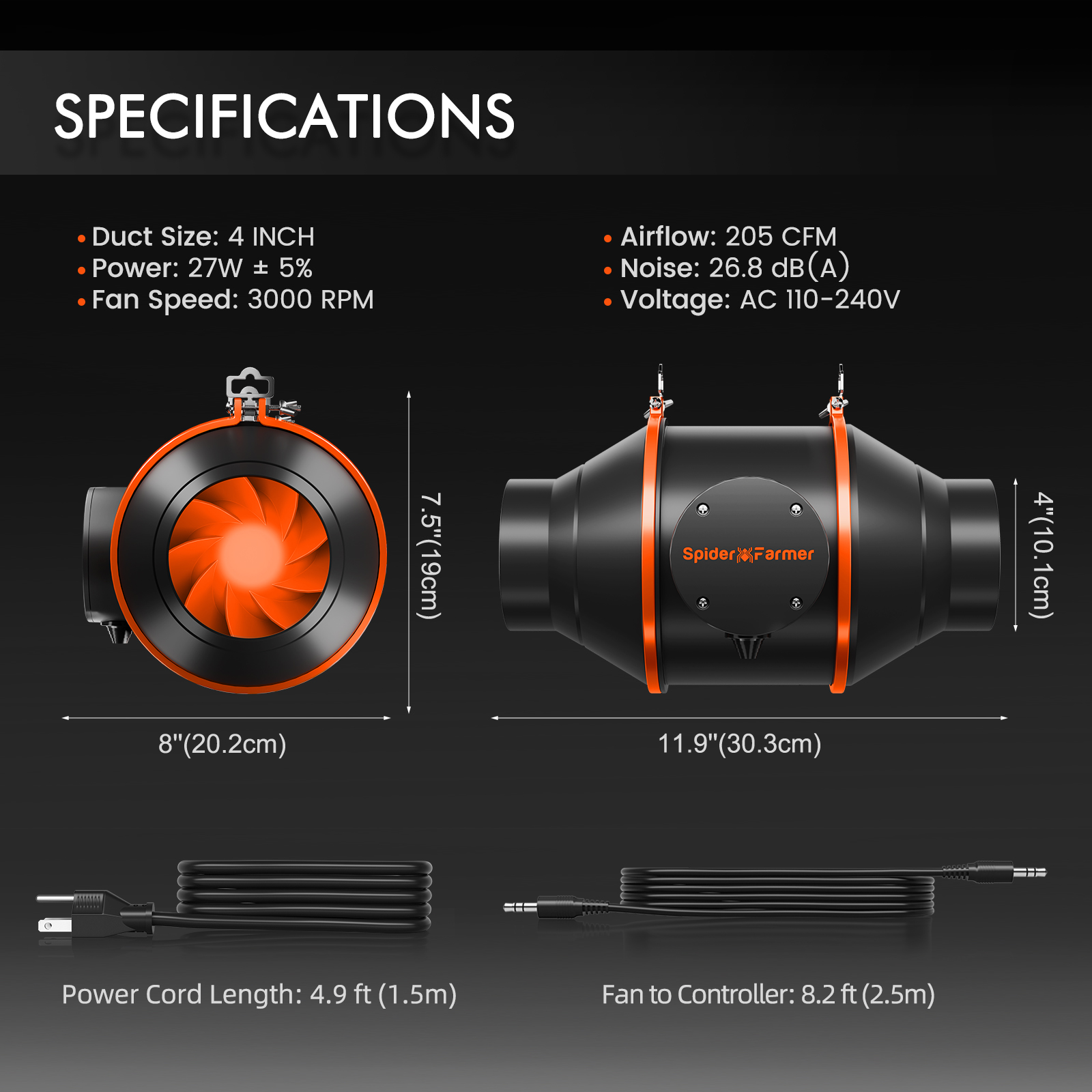
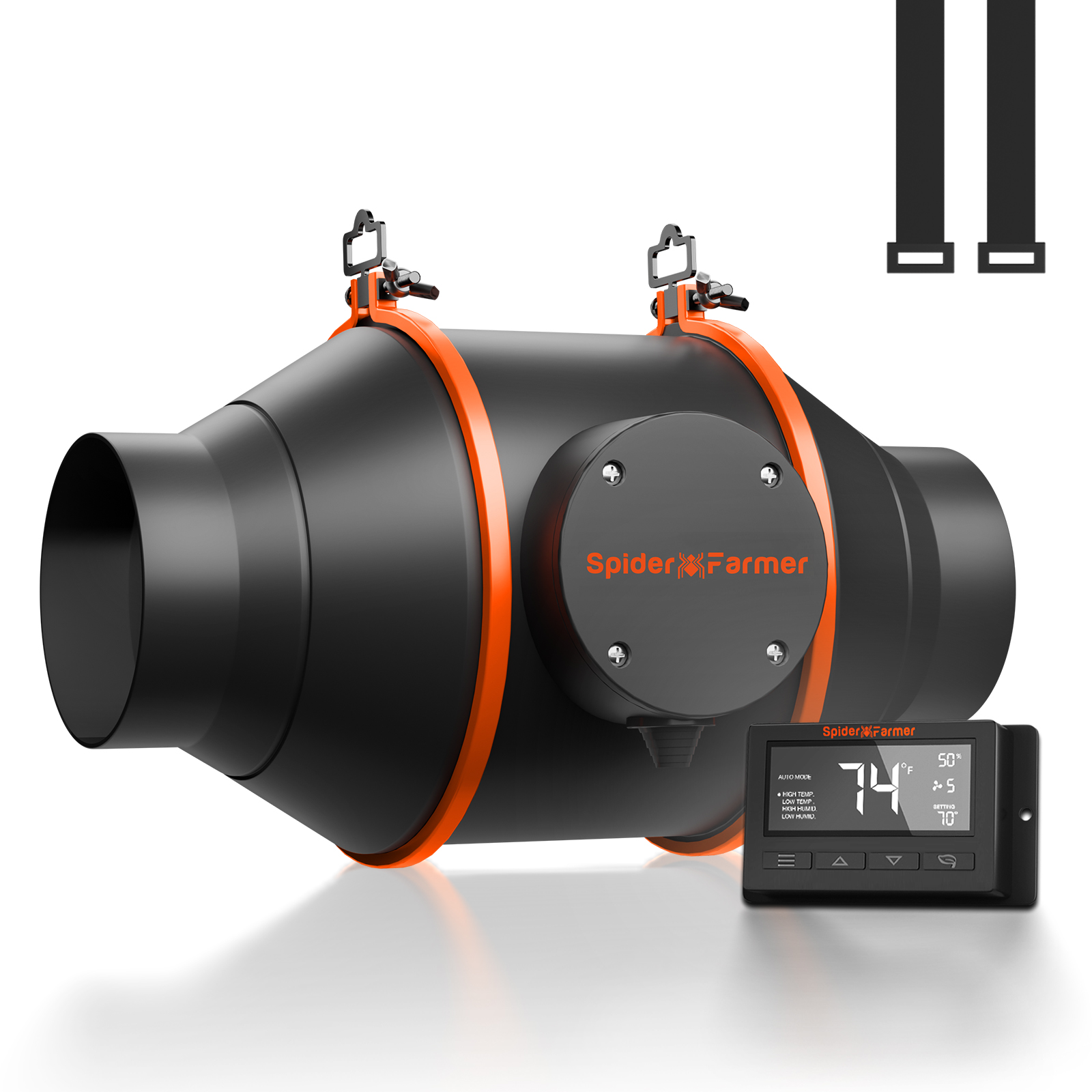


Good equipment produces good results!
I ,AM A NEW GROWER I LIKE YOUR EQUIPMENT AND QUALITY GREAT INSTRUCTION, I GROW FOR ARTHRITIS, THANK YOU.